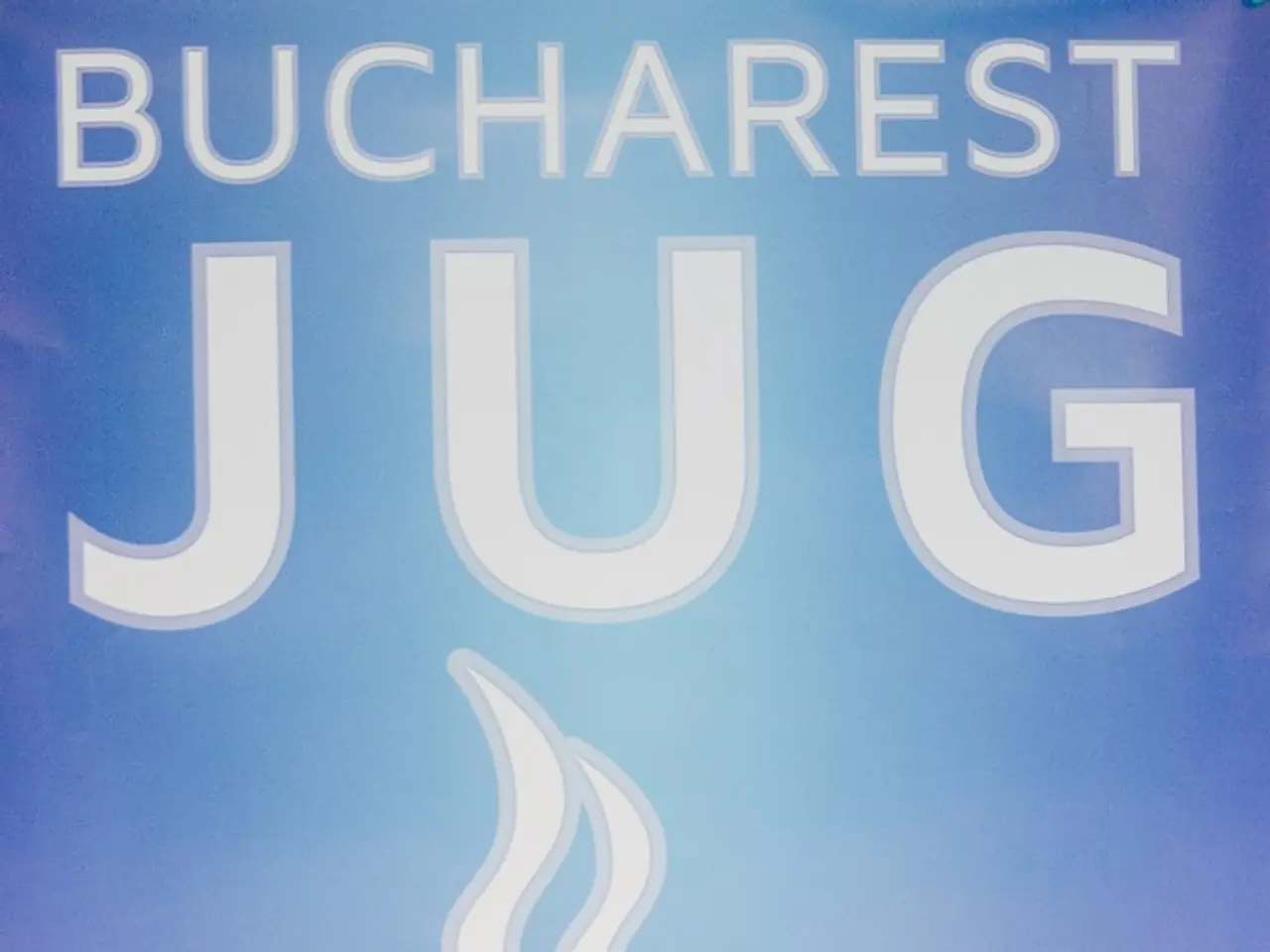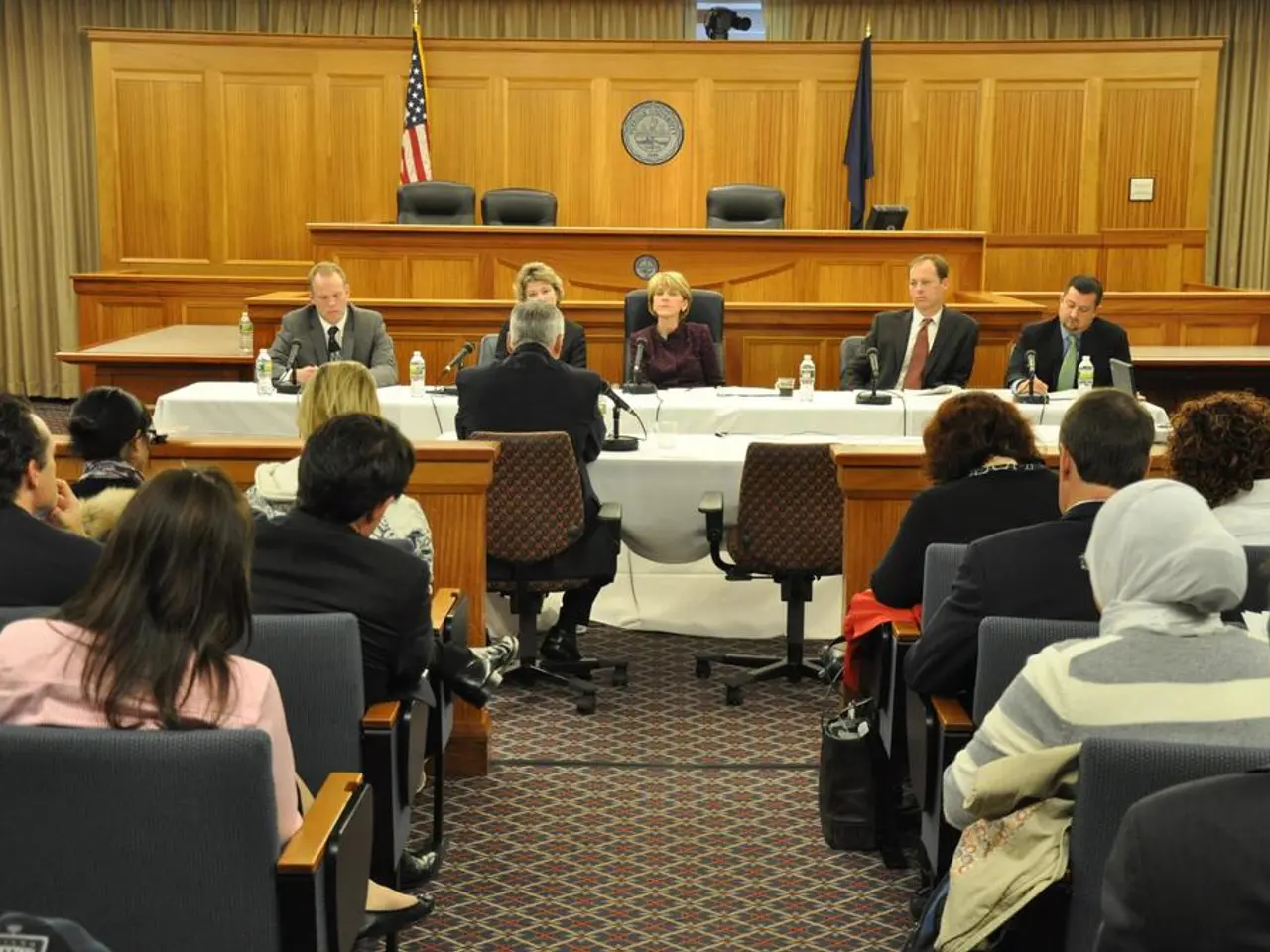Pigs Continue Their Rebound on Thursday
In the hog market of 2025, CME Lean Hog futures are experiencing a dynamic and sometimes contrasting scenario, as illustrated by current and historical data, trends, market analysis, and factors affecting the prices.
As of early July, August lean hog futures dropped about 2.5% to around $107.10/cwt amid concerns of oversupply following a USDA report showing a 1% increase in U.S. hog herd numbers to 75.1 million head. Simultaneously, USDA pork carcass cutout prices surged to a three-year high of approximately $117.46/cwt, reflecting strong wholesale pork demand.
In the same period, July 2025 lean hog futures traded near $113/cwt, with cash hog prices at $108/cwt. The futures price implies expectations for continued strength in pork cutout values to bridge the gap toward $128/cwt.
Historically, the lean hog market has shown seasonal price peaks typically around summer grilling seasons but has started to show signs of weakening pressure in July, with technical indicators signaling potential price declines in the fall futures contracts, such as October.
The supply-demand balance is key in the hog market. Unlike cattle markets, which face tight supplies and herd liquidation, hog markets in 2025 are relatively balanced but facing a mild oversupply risk that has caused futures to dip while cash prices remain strong.
Strong consumer demand and the pork substitution effect are also supporting wholesale pork prices despite some weakness in futures. High beef prices incentivize retailers and consumers to switch to pork, which partially offsets the oversupply risk.
Disease risk, such as Porcine reproductive and respiratory syndrome (PRRS), appears to be more prevalent than usual in some Midwestern regions, which could tighten supplies going forward if outbreaks worsen. Lower carcass weights and slaughter volumes below projections also point toward potential supply tightness, although aggregate numbers do not yet show a large negative impact.
Technical trading signals suggest bearish momentum developing after a seasonal high, with prices possibly breaking below key support levels around $91.53 in the fall contract. With annual slaughter lows now passed, price peaks may have been reached, and prices could trend lower later in the year based on supply increases and seasonality.
In summary, CME Lean Hog futures in 2025 are experiencing a complex environment marked by relatively balanced supply, strong demand, seasonal peak considerations, and emerging supply risks such as disease. This leads to futures price volatility and opportunities for traders to exploit divergences between futures and physical pork markets.
For more information, please view the website's Disclosure Policy here.
Key Data and Influences:
| Aspect | Detail | Impact on Prices | |-----------------------------|----------------------------------------|-------------------------------------| | Hog inventory | +1% to 75.1 million head (2025) | Mild oversupply pressure | | Pork carcass cutout prices | Near 3-year highs (~$117.46/cwt) | Supports strong cash market prices | | Lean hog futures | August ~ $107.10/cwt, July ~ $113/cwt | Recently declined 2.5% (early July) | | Disease risk (PRRS) | Elevated cases, could reduce supply | Potential upward price pressure | | Technical indicators | Bearish crossover in moving averages | Likely price decline in fall futures | | Consumer demand | Strong, substitution away from beef | Elevated wholesale prices |
- Despite the mild oversupply risk in the hog market, strong consumer demand and the pork substitution effect are supporting wholesale pork prices, which is a key factor in the finance aspect of the hog market, as highlighted in the Key Data and Influences section.
- In the world of sports, the lean hog market in 2025 is experiencing a complex environment, much like a dynamic team season, with relatively balanced supply, strong demand, seasonal peak considerations, and emerging supply risks such as disease, leading to futures price volatility, reminiscent of a rollercoaster ride.




